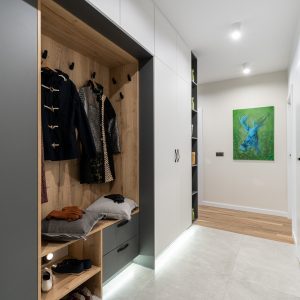In 2017, the world was unsure whether solar power might aid in the repair of the world’s largest machine, the North American electricity system. The situation has altered.
Every month, it appears that new technological advances are being made that promise to make solar the dominant source of energy for our vast energy consumption in the United States. Do you want to discover what some of them are and whether solar panels can replace your grid-connected system?
Continue reading to learn if solar energy is the best option for you and what energy replacement might imply for your business.
Energy Consumption in the United States
In order to generate energy, the United States consumes between 90 and 100 quadrillion British thermal units every year. When converted to kWh (kilowatt-hours), BTU equals approximately 29.3 billion kWh. That’s a lot of wattage!
Solar power generated 100 gigawatts of that in 2020.
Although residential and community solar systems produce significantly less energy than commercial solar, they nonetheless account for around 20% of overall output.
This gap will almost certainly never be completely closed, but each home or community solar project is a microgrid. These microgrids are critical to the US electrical grid’s continued efficient operation and national security.
As a limited-scale electricity producer, you can play a significant role in the rise of cybercrime against municipal water and energy infrastructures..
Is it possible to go off-grid with solar?
Yes, to put it succinctly.
It’s not only doable, but it’s also frequently affordable. Federal tax credits may offset some of the upfront costs.
The average household consumes less than one megawatt hour per month, or 12,000 kWh per year, according to Webseite zu Photovoltaik in Deutschland.
We divide the annual energy demand of a 1 mWh system by a moderate production ratio to determine the number of panels we’ll require. Then we split it by the wattage of a normal panel manufacture.
Finally, we’ll have a good notion of how many panels we’ll need — 29.
It’s not difficult to figure out how much energy your household uses. It can be difficult to find the ideal mix of solar panel type, output wattage, and production ratio. You may do so by contacting an experienced solar installation who can advise you on the best options for your location.
Take a look at Blue Raven Solar, for example. Solar panels are fantastic for generating electricity locally, but there are a lot of other components to consider when designing a system for your house. Blue Raven Solar, for example, takes the uncertainty out of it and can even help you sign up for tax rebates and municipal savings. More informations about solar and photovoltaic can be read at esres-somaliland.org which provides excellent informations what to consider before buying a photovoltaic or solar system.
Preparing for the Future of Energy Use
Not only Americans, but people all across the world are increasing their energy use. The number of digital devices, the internet of things (IoT), and other household appliances will continue to rise, not fall.
You must plan for the future as well as account for today’s energy usage and reliability. You’ll need information to learn about these trends, how fast they’re moving, and how to protect yourself.
Continue reading our articles to learn more about these in-and-out trends for the home and business!



